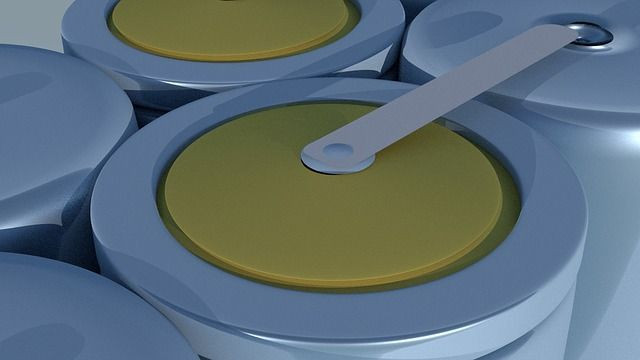Solid-State Batteries: The New Face of Renewable Energy

Renewable energy sources require a shift from using fossil fuels. However, concerns regarding the intermittent production of energy sources such as photovoltaic or wind do not provide enough for the demand. The significance of storing green energy is essential in the shift from the use of non-renewable energy sources.
Researches have been performed in the search for an all-solid-state battery. UCLouvain scientists discovered that LiTi2(PS4)3, or LTPS has the highest lithium diffusion coefficient (a direct measure of lithium mobility) measured in a solid. The unique crystal structure results to this lithium mobility. Results of the study were published in Chem.
Currently, battery-based energy storage has Li-ion as its forefront. Small electronics utilize Li-ion batteries. Their disadvantage includes these Li-ion batteries easily catching fire because of the use of liquid organic electrolytes. Despite the necessity of these electrolytes in batteries, batteries are prone to fire.
The good news is that this setback can be resolved by shifting to a solid electrolyte instead of a liquid flammable one. However, the lesser mobility of lithium ions in solids compared to liquids limits the charge and discharge rate of the battery performance, according to Phys.
With the potential value for technology, the lithium mobility of solid-state batteries allows opportunities to seek for new materials with similar diffusion mechanisms. The researchers aim to commercialize this findings. Some applications for LTPS include its use in cars, smartphones, and other electronics.
© Copyright IBTimes 2024. All rights reserved.





















